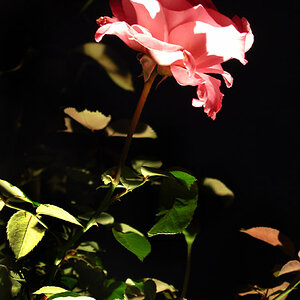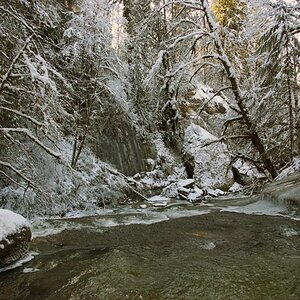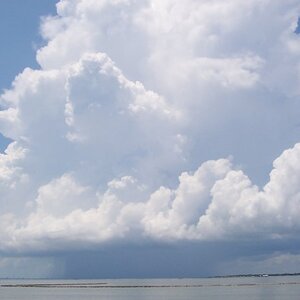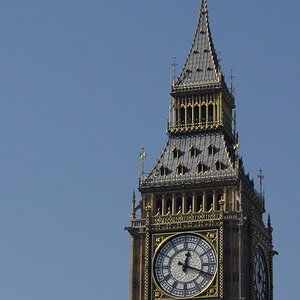Ramones
TPF Noob!
- Joined
- Nov 4, 2009
- Messages
- 39
- Reaction score
- 0
- Location
- Merced, Ca
- Can others edit my Photos
- Photos OK to edit
Is there any script/program I can use to just delete my .NEF files from my computer? I don't plan on doing a lot of PP to my older pictures so I'd like to just delete the .NEFs and keep the JPGs


![[No title]](/data/xfmg/thumbnail/37/37523-291af5748bb3a98408cc748fb81bb365.jpg?1619738129)



![[No title]](/data/xfmg/thumbnail/30/30866-bdfc426e8ee7e6ad63f6d751c5f288f0.jpg?1619734485)

![[No title]](/data/xfmg/thumbnail/32/32637-865ab9beec7e00237b64e4fcb8fe947f.jpg?1619735555)


![[No title]](/data/xfmg/thumbnail/34/34124-fcd12598382b4477643ef3dde2d6751d.jpg?1619736294)

